Sugar Ants | Sugar Ants: Separating Fact from Fiction
Sugar ants, also known as banded sugar ants or Camponotus consobrinus, are a common sight in households across North America. They are attracted to sweet and sugary substances and often form long trails between the nest and food source.

Key Takeaways:
- Sugar ants are common in households and attracted to sweet substances
- In this section, we'll explore common myths and misconceptions about sugar ants
- We'll distinguish fact from fiction and provide you with an accurate understanding of these insects
Identifying Sugar Ants and Understanding Their Behavior
Have you ever wondered how to identify sugar ants or what different species of sugar ants exist? In this section, we will be discussing just that, along with exploring sugar ant behavior and the factors that influence it.
Identifying Sugar Ants
Sugar ants are small, ranging from 2-15mm in size, and their color can vary from black, brown, red, or yellow. These ants have a large thorax, which is the middle portion of their body, and a smaller head and abdomen. One of the most distinguishing features of sugar ants is their visible antennae that curve towards the back of their head.
If you're unsure whether you're dealing with sugar ants or another species, look for these characteristics and compare them to pictures or descriptions online.
Sugar Ant Species
There are over 300 sugar ant species, but the most common ones in North America are the banded sugar ant, the black house ant, and the pavement ant.
| Sugar Ant Species | Characteristics |
|---|---|
| Banded Sugar Ant | Black head with orange thorax and black abdomen; commonly found in forests and woodlands |
| Black House Ant | Dark brown or black color; often found in urban areas and homes |
| Pavement Ant | Dark brown or black color with paler legs; frequently seen nesting in pavement cracks and under sidewalks |
Knowing which species of sugar ants you're dealing with can be helpful in understanding their behavior and preferences.
Sugar Ant Behavior
Sugar ants are primarily attracted to sweet foods and sugary substances, hence their name. They communicate with each other using pheromones, which can help them locate food sources and send messages to the rest of the colony.
Sugar ants can have multiple queens in a colony, and they typically build their nests in soil or vegetation, although they can also be found in walls or other crevices in buildings.

By understanding sugar ant behavior, you can take the necessary steps to prevent or manage infestations effectively.
Sugar Ants' Locations and Range
Understanding the locations and range of sugar ants is crucial in managing infestations and preventing them from infiltrating your home. These tiny insects are commonly found in warm and humid areas, such as kitchens, bathrooms, and outdoors.
Depending on the species, sugar ants can have a range of up to 200 feet from their nest, making it challenging to pinpoint the source of an infestation. It's essential to keep a keen eye out for any signs of an infestation, such as ant trails and piles of dirt.
To avoid attracting sugar ants, make sure to keep your home clean and free of any food debris or spills. Additionally, seal any entry points, such as cracks or gaps in your walls and floors.
Sugar Ant Species and Their Locations
| Sugar Ant Species | Locations |
|---|---|
| Camponotus Consobrinus | Australia, New Zealand, Oceania |
| Tetramorium Caespitum | North America, Europe, Asia, Australia |
| Tapinoma Sessile | North America |
| Monomorium Pharaonis | Worldwide |
It's important to note that the above table is not exhaustive and that sugar ant species may vary in location depending on their geographical range.
By understanding the locations and range of sugar ants and taking preventative measures to avoid attracting them, you can minimize the likelihood of infestations in your home.
Conclusion
Now that we've explored the fascinating world of sugar ants, it's clear that they are an important part of our ecosystem. By separating fact from fiction, we have a better understanding of these tiny creatures and how to coexist with them.
Understanding their behavior and unique characteristics is key to successfully dealing with sugar ant infestations. By knowing their locations and range, we can take effective measures to prevent them from becoming a problem in our homes or businesses.
We hope this guide has provided you with valuable insights into sugar ants. By working together, we can create a harmonious relationship with these tiny but important creatures.
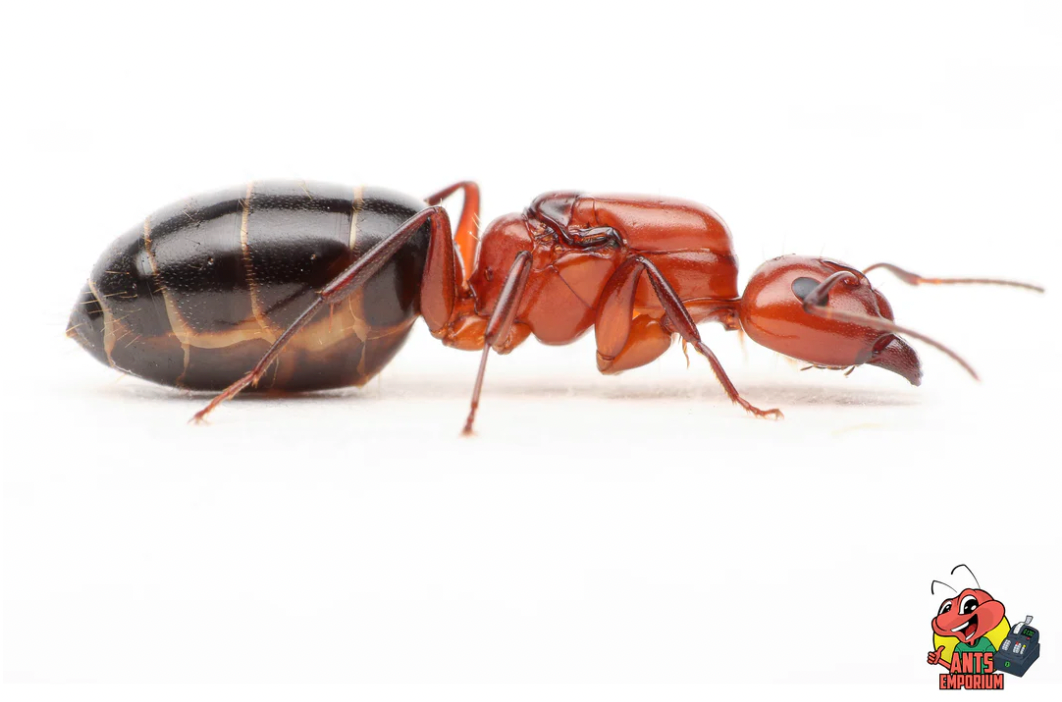
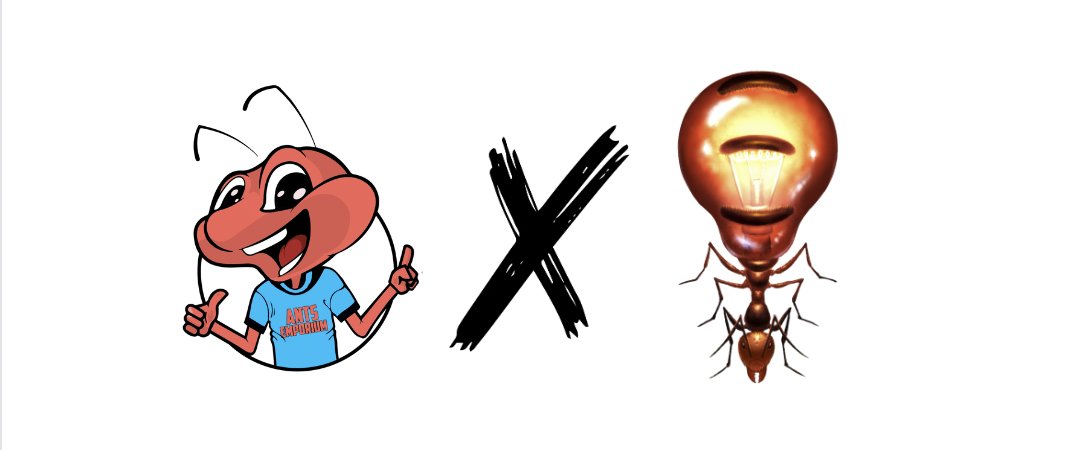
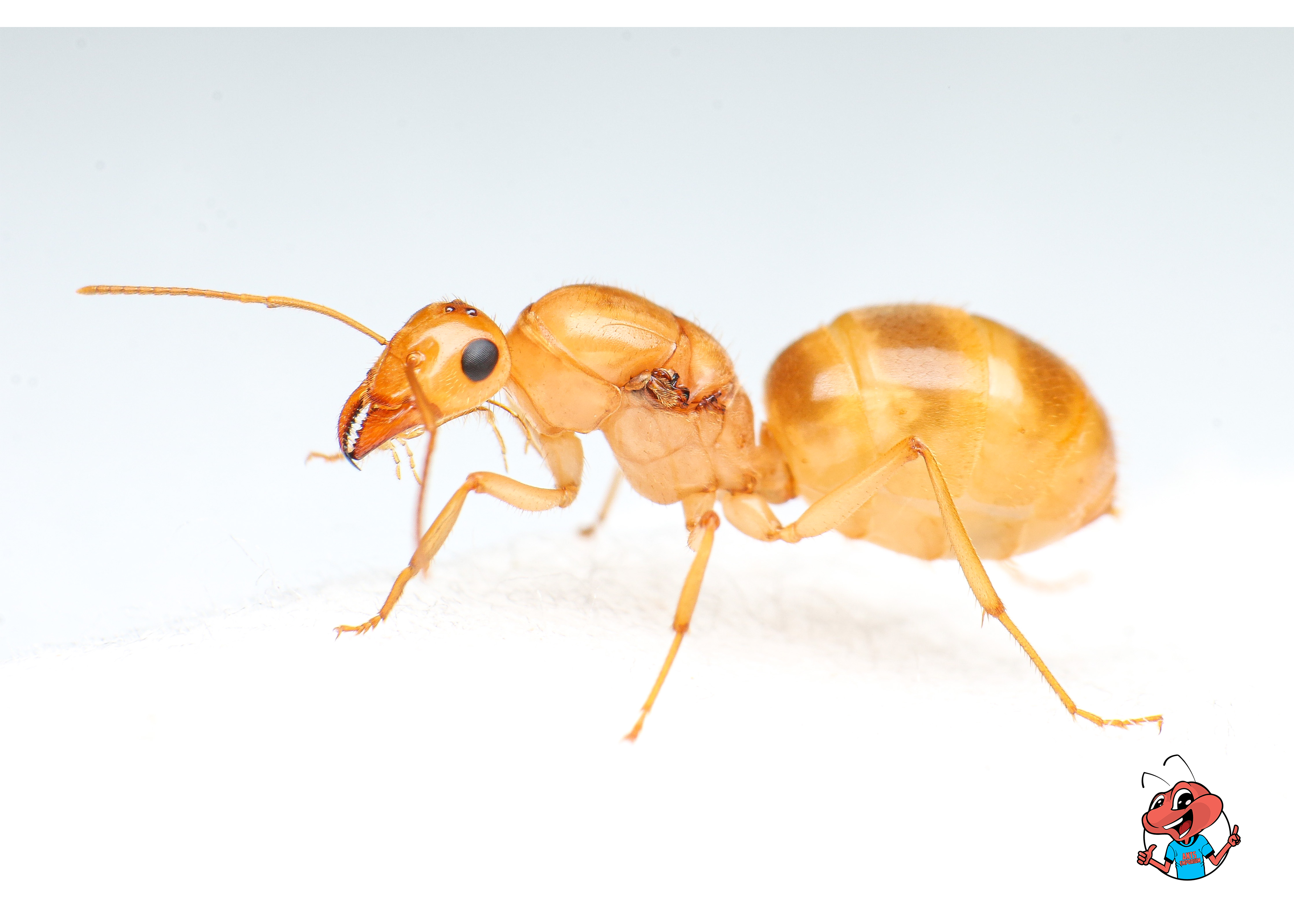
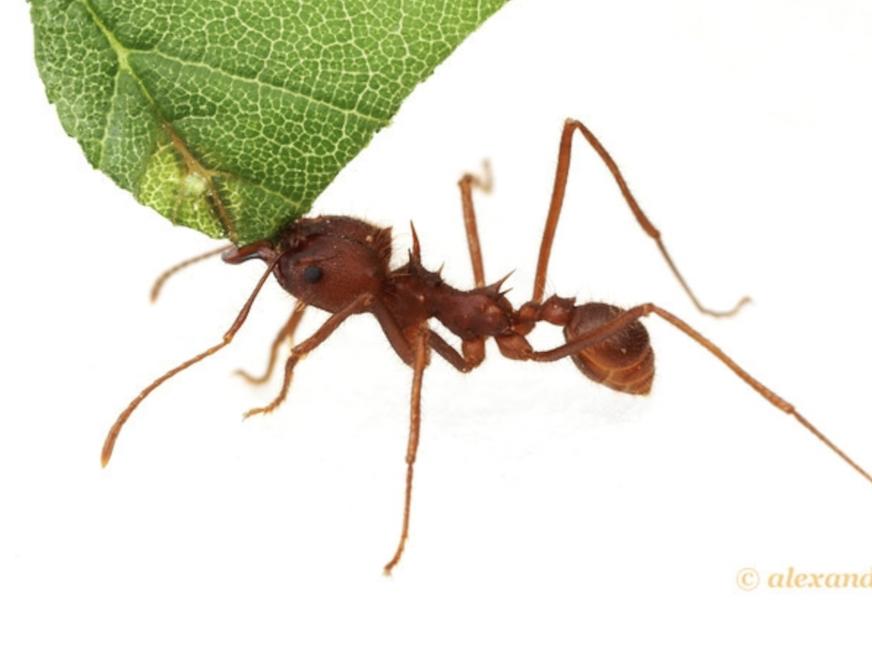
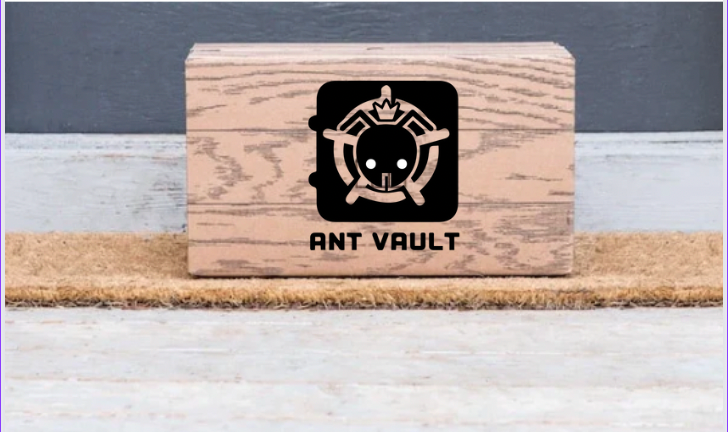


 .
.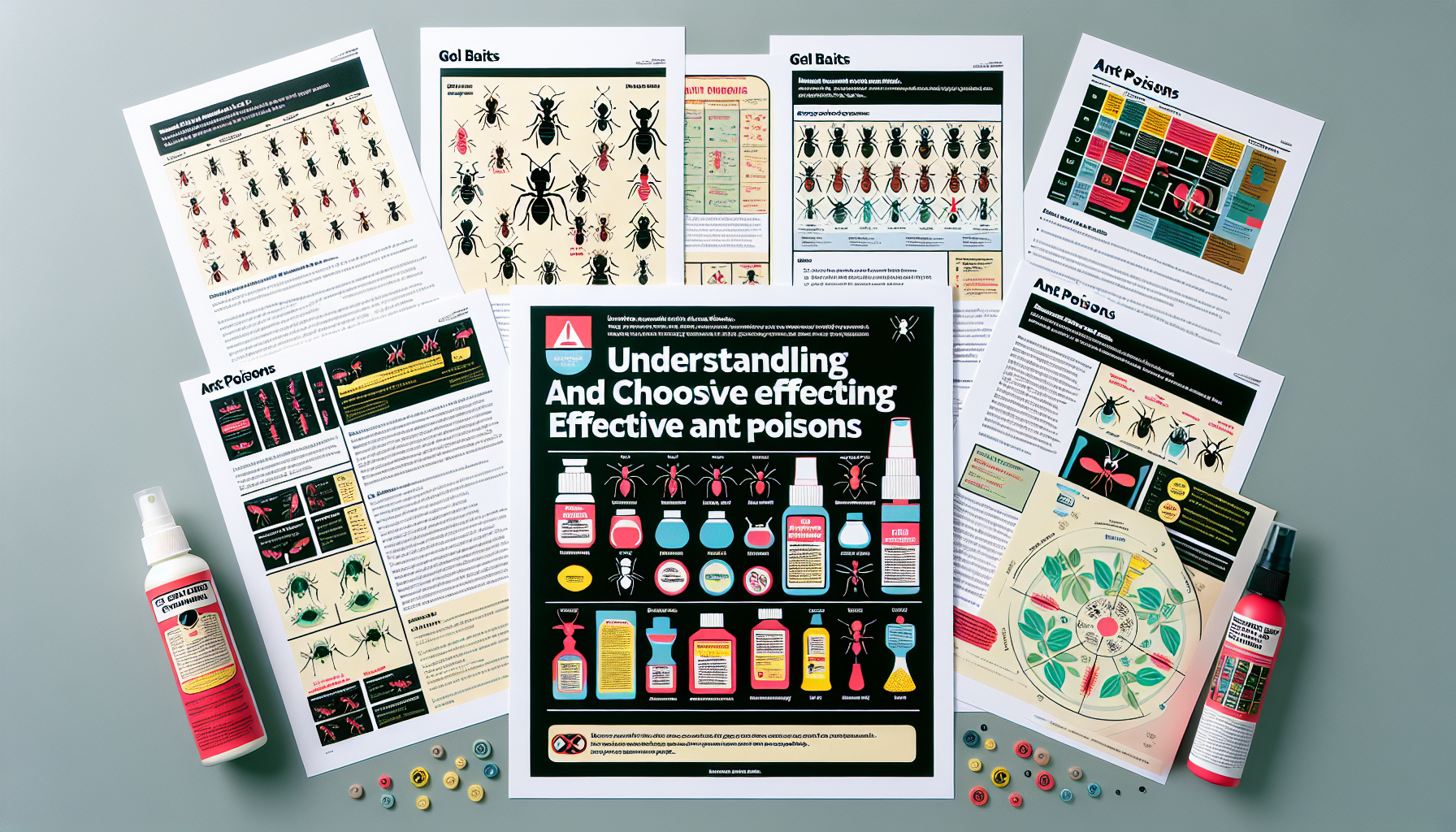
Leave a comment